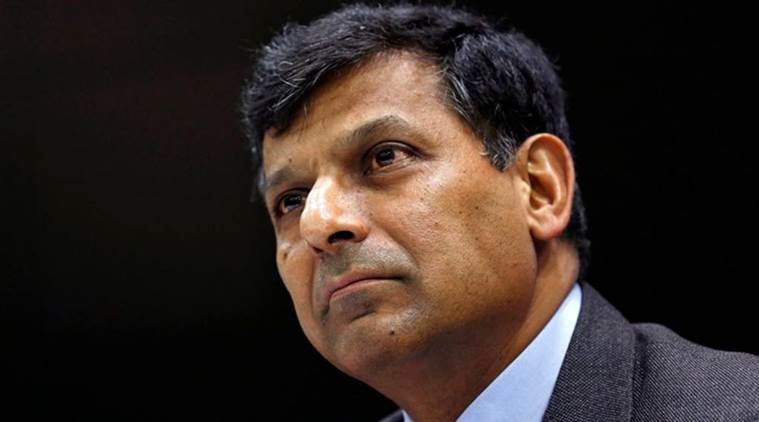Sustainable Structuring of Stressed Assets: Debt-laden firms, PSBs soar on RBI’s move
New scheme is seen as a win-win for both the lenders and beleaguered corporate entities.
 Reserve Bank of India (RBI) Governor Raghuram Rajan. (Source: Reuters)
Reserve Bank of India (RBI) Governor Raghuram Rajan. (Source: Reuters)
Even as the Sensex traded flat on Tuesday, the stocks of debt-laden infrastructure and metal companies and government-owned lenders witnessed a sharp rally of up to 15 per cent in their stock prices after the Reserve Bank of India on Monday announced the Scheme for Sustainable Structuring of Stressed Assets (S4A) — for “reworking the financial structure” of big corporate entities “facing genuine difficulties”.
Investors welcomed the scheme as it is likely to strengthen the lenders’ ability to deal with stressed assets and put real assets back on track.
Jaiprakash Associates that has been stressed under huge debt, saw its share price jump by 15.6 per cent followed by Alok Industries that witnessed a jump of 13.7 per cent in its share price.
Other major companies that witnessed a jump in their share prices include Jaypee Infratech, Bhushan Steel, Adani Enterprises and Unitech. Even the public sector banks that have exposure to a number of these companies witnessed a sharp rise in their share prices.
[related-post]
Watch Video: What’s making news
Punjab National Bank that announced a loss of Rs 5,367 crore in the quarter ended March 2016 saw its share price jump by 8 per cent during the day.
Other state-owned lenders that witnessed gains in their share price include Oriental bank of Commerce (4.8 per cent), IDBI (4.6 per cent), Uco Bank (3.5 per cent) and Bank of India (3.4 per cent).
The Reserve Bank of India scheme calls for splitting the loan of the stressed entity into two parts.
While part A will be the sustainable portion on which the borrower can pay interest, the remaining amount on which the borrower can’t pay the interest will get converted into equity/redeemable cumulative optionally convertible preference shares.
Market experts say that the scheme has charted a middle path which can emerge as a win-win for both banks and the promoters of the companies.
“The Reserve Bank of India’s earlier position was that the banks will take over the management of the companies, but a bank doesn’t have the bandwidth to run a company. Now, the new scheme states that banks will work with the existing management. While it may be a mutually beneficial scheme, it also comes as a relaxation by the RBI,” said Pankaj Pandey, head of research at ICICI Securities.
He, however, stated that the concerns on the banks continue and the RBI scheme alone doesn’t solve all the problems.
Earlier, RBI had formulated corporate debt restructuring (CDR), joint lenders forum (JLF), strategic debt restructuring (SDR), 5/25 scheme and sale of assets to asset reconstruction companies.
However, the level of bad loans has been rising and the gross NPAs of lenders have surged by a whopping Rs 2,41,000 crore in December and March quarters of FY16 — mostly due to the aggressive provisioning undertaken by PSU banks at the behest of the RBI.
According to data compiled by Care Ratings, the gross non-performing assets have gone up from Rs 3,49,113 crore in September 2015 to Rs 5,90,772 crore by March 2016.
Photos





- 01
- 02
- 03
- 04
- 05

























